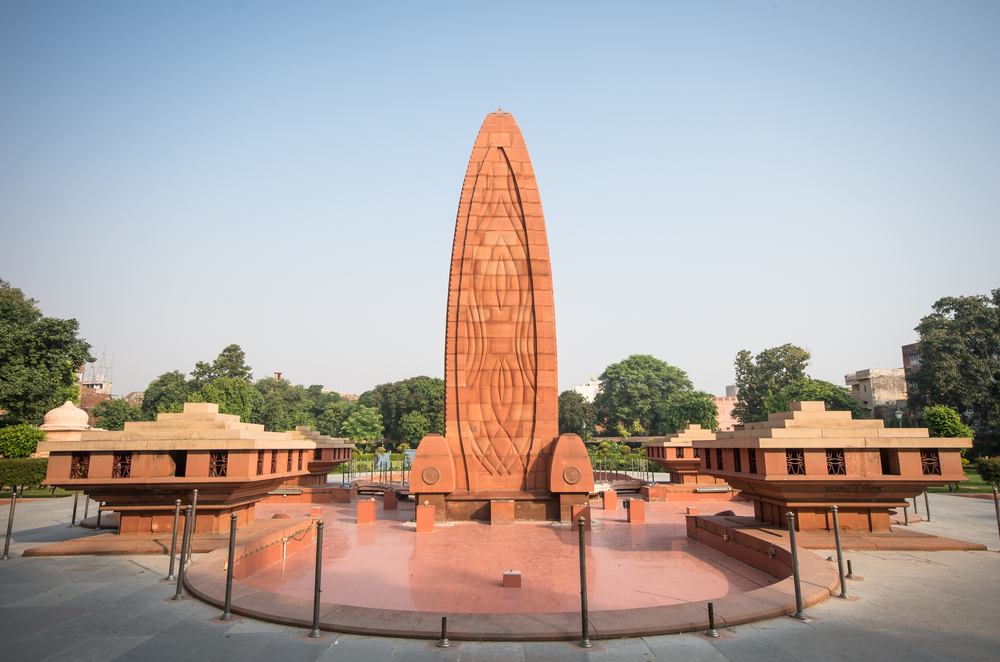Jallianwala Bagh, 1919: The Real Story By Kishwar Desai, Context, Rs 699
The Jallianwala Bagh massacre is a hundred years old this month. In the living memory of Indians the anguish is still there. Kishwar Desai chooses the right time to bring out this book -- Jallianwala Bagh, 1919: The Real Story -- which she considers to be a homage to those who suffered specifically in Amritsar in the backdrop of Mahatma Gandhi’s mobilisation of Rowlatt Satyagraha in different parts of India. Well known as a novelist, a playwright and a columnist, here she explores a different genre — that of history. Her close association with the Partition Museum at the Town Hall, Amritsar becomes relevant in this context. She is a storyteller and her skill is reflected in her portrayal of the events of April 1919. This book is almost a personal journey for the author who relates to the antecedents and aftermaths of Jallianwala Bagh, commenting: “Throughout the writing of this book I could hear the cries of those hundreds, as they lay dying at Jallianwala Bagh...”
The infamous incident at Jallianwala Bagh, also known as the Amritsar massacre, is one of the worst examples of colonial violence which clearly demonstrates the aggressive attempt to suppress any form of dissent and inculcate terror in the minds of the protesters. The State-sponsored carnage was intended to overpower Indians with physical violence, which is invariably the language of domination.
The structure of the book follows two parallel narratives — one depicting the overriding supremacy of imperialist power and the other upholding the nationalist vision. Desai excellently portrays how violence was used as a well-planned technique in the context of an imagined mutinous situation, to damage Hindu-Muslim unity and to demoralise the common people.
There are a number of discourses on the Jallianwala Bagh massacre — some revisionist and others nationalist. Desai’s book adds to such discourses where she questions the legal authority of General Reginald Dyer’s taking charge of the situation and also elaborates on the role played by Michael O’Dwyer and other civil administrators of Punjab at that time. General Dyer’s testimony at the Hunter Committee claiming that it was his noble duty to act the way he did or O’Dwyer’s handling of the Amritsar situation reflected a colonial dichotomy — to project the image of a benevolent master and parallelly encourage the notion of racial superiority. The residents of Amritsar had committed a crime and punishment in any form was justified, even if it meant opening fire on an unarmed crowd, bombardment or meting out severe forms of humiliation to Indian citizens.
It is a mainstream interpretation that atrocities at Jallianwala Bagh dynamised the Indian freedom struggle, uniting diverse issues and inspiring the determination to end subjugation. This in turn is linked with Gandhi’s emergence as a mass leader in the Indian freedom movement post-Jallianwala Bagh. The author argues within this perspective, challenging the concept of a ‘just’ and ‘fair’ British raj. Through all the six chapters, Desai has quoted extensively from the Hunter Committee report, parliamentary reports and the Indian National Congress reports as well as from books by Nigel Collett, V.N. Datta and from the memoirs of O’Dwyer among other primary and secondary sources, to recreate the characters involved in the highly charged sequence of events, while combining it with an analysis of their motives. Desai also wishes to highlight the stories of the unsung heroes whose lives ended abruptly or were rudely fragmented in the pre- and post-Jallianwala Bagh days. A number of photographs have been included to help explore “The Real Story”.











